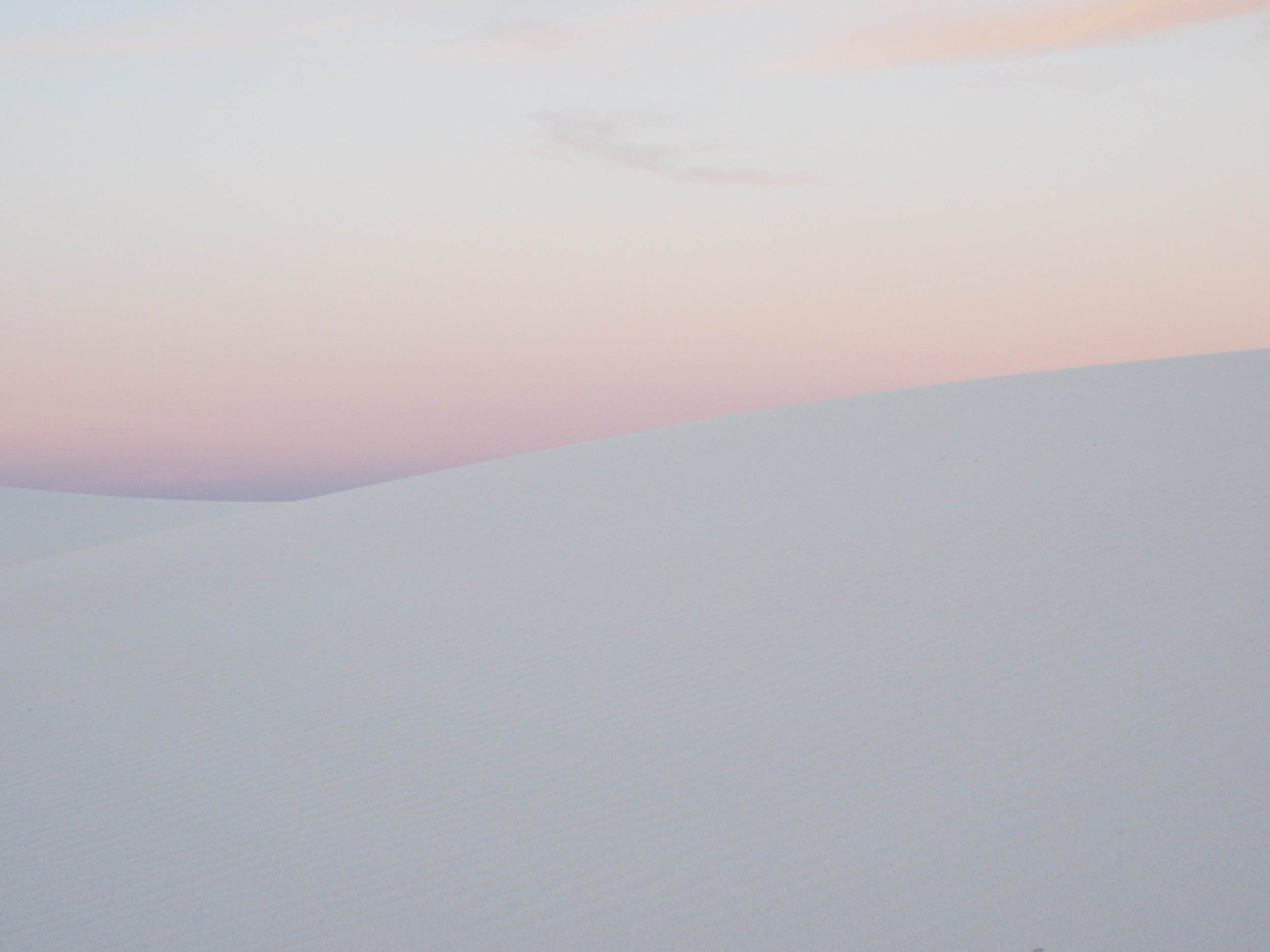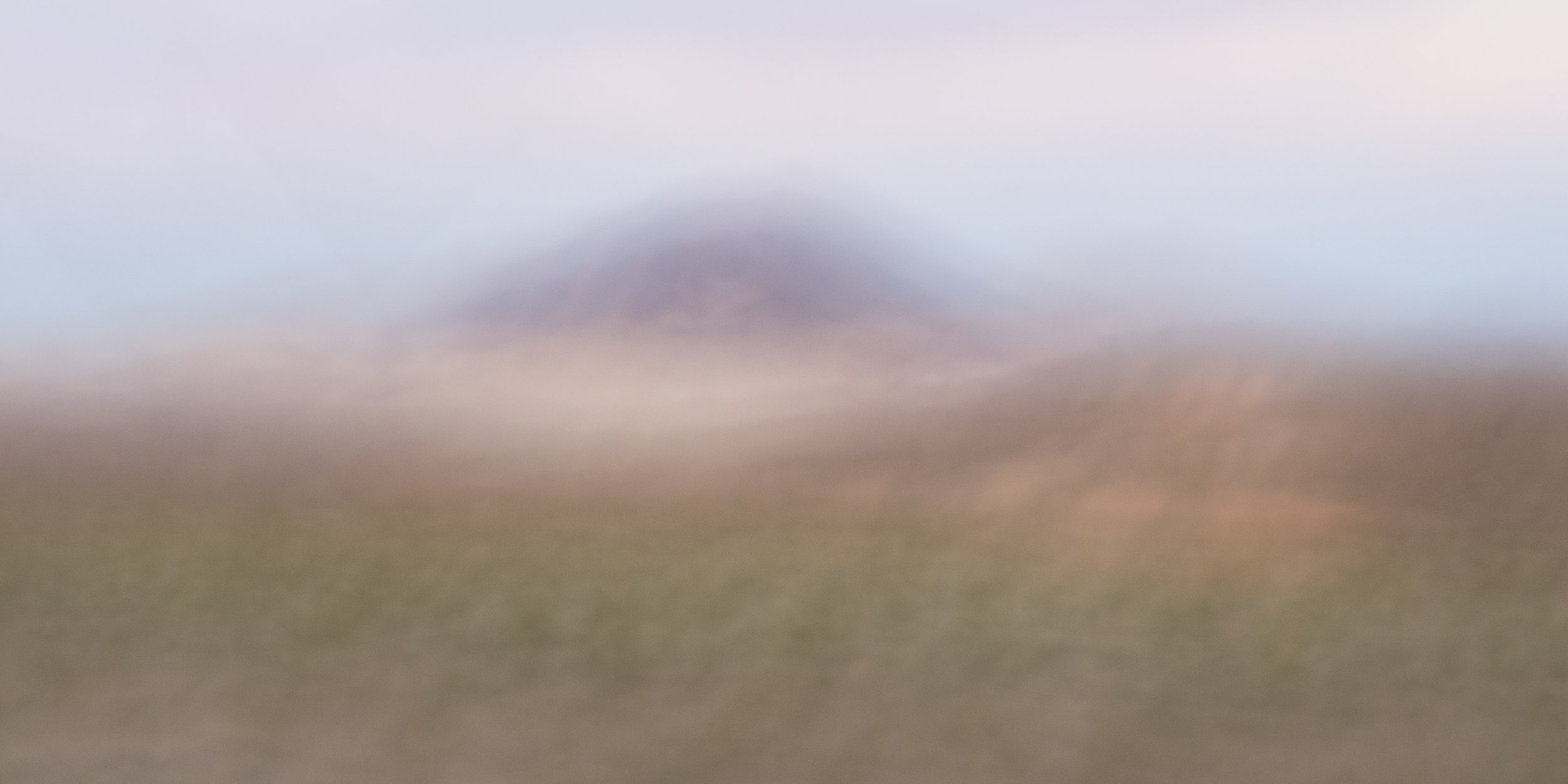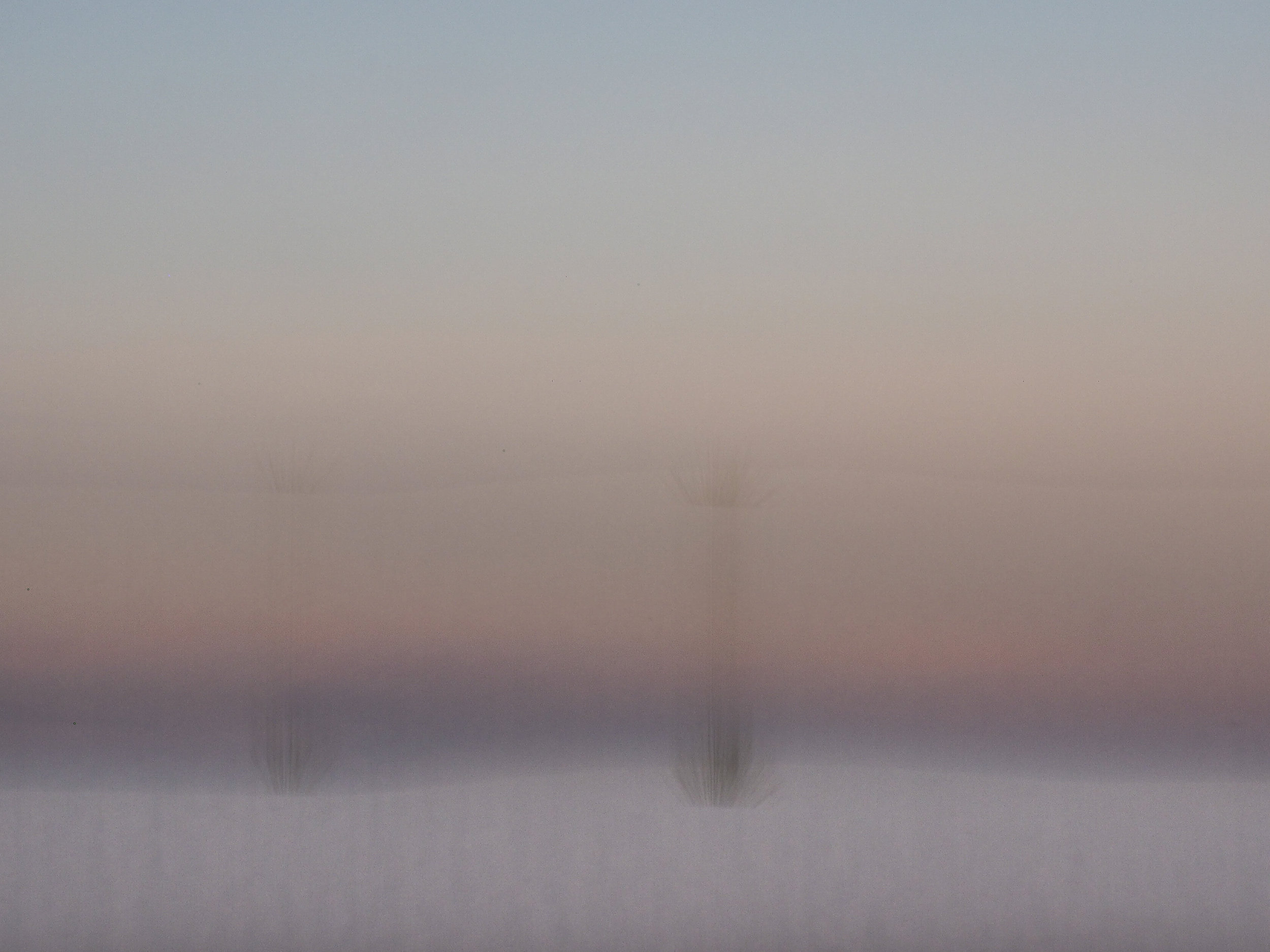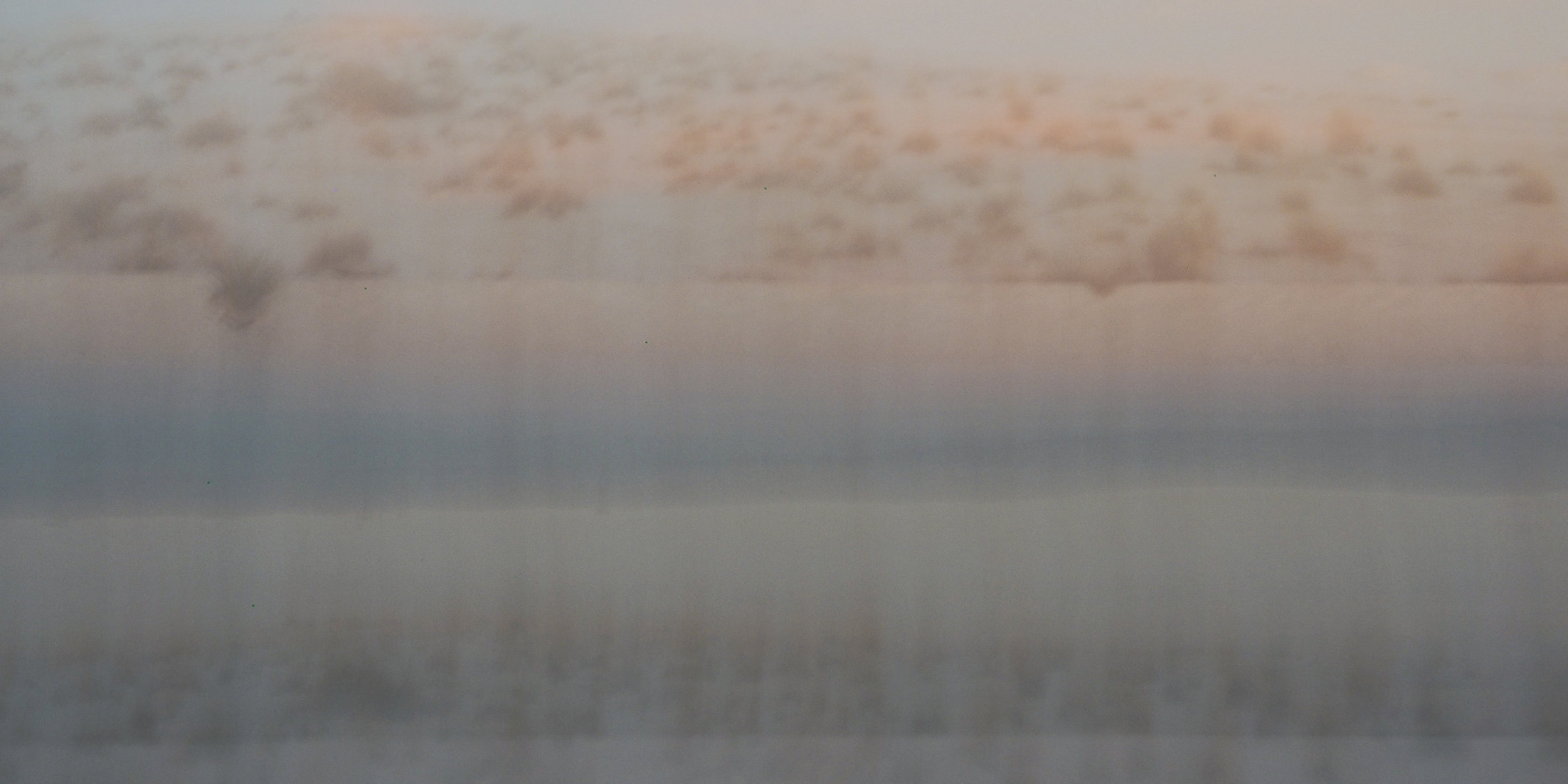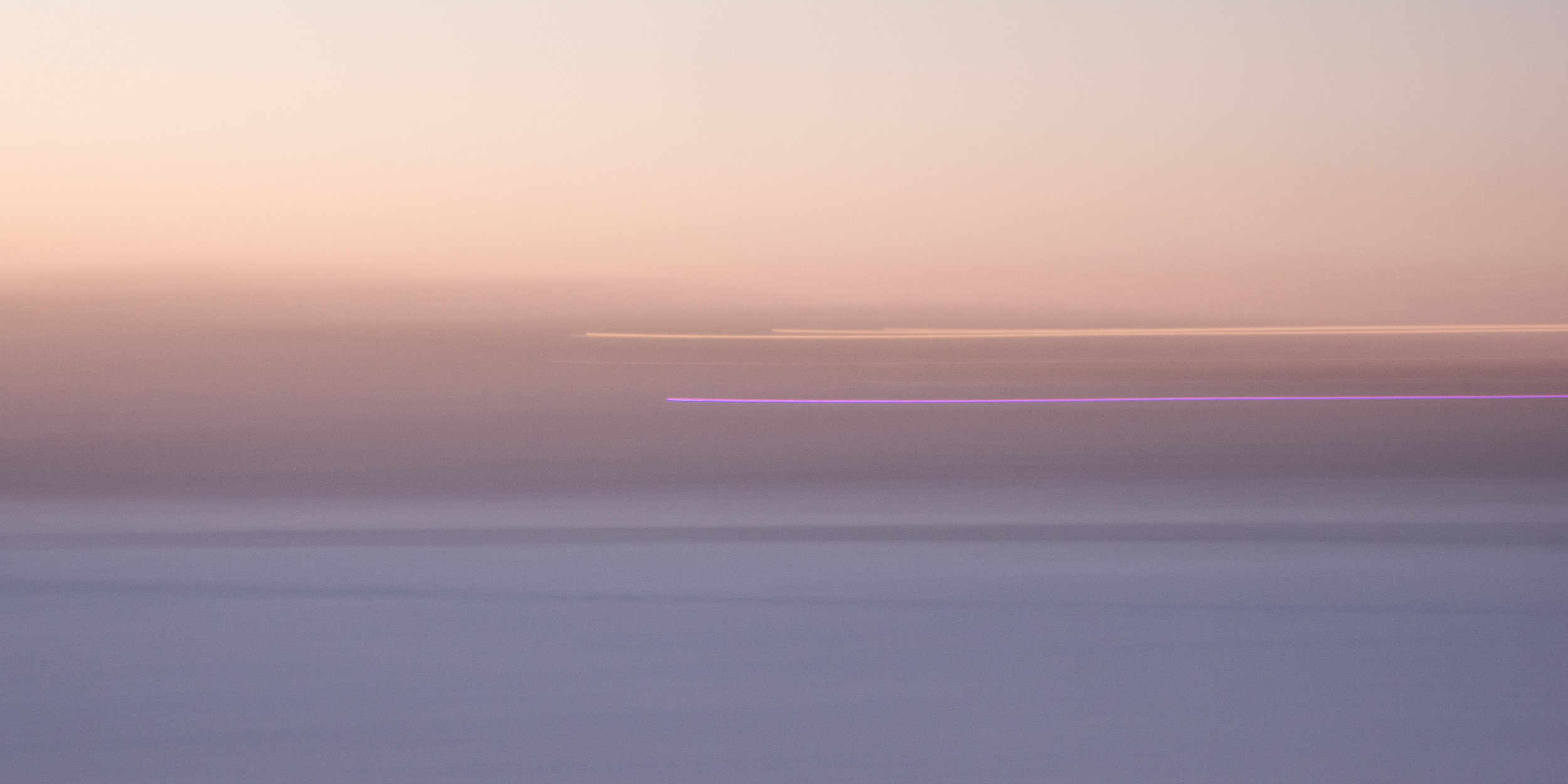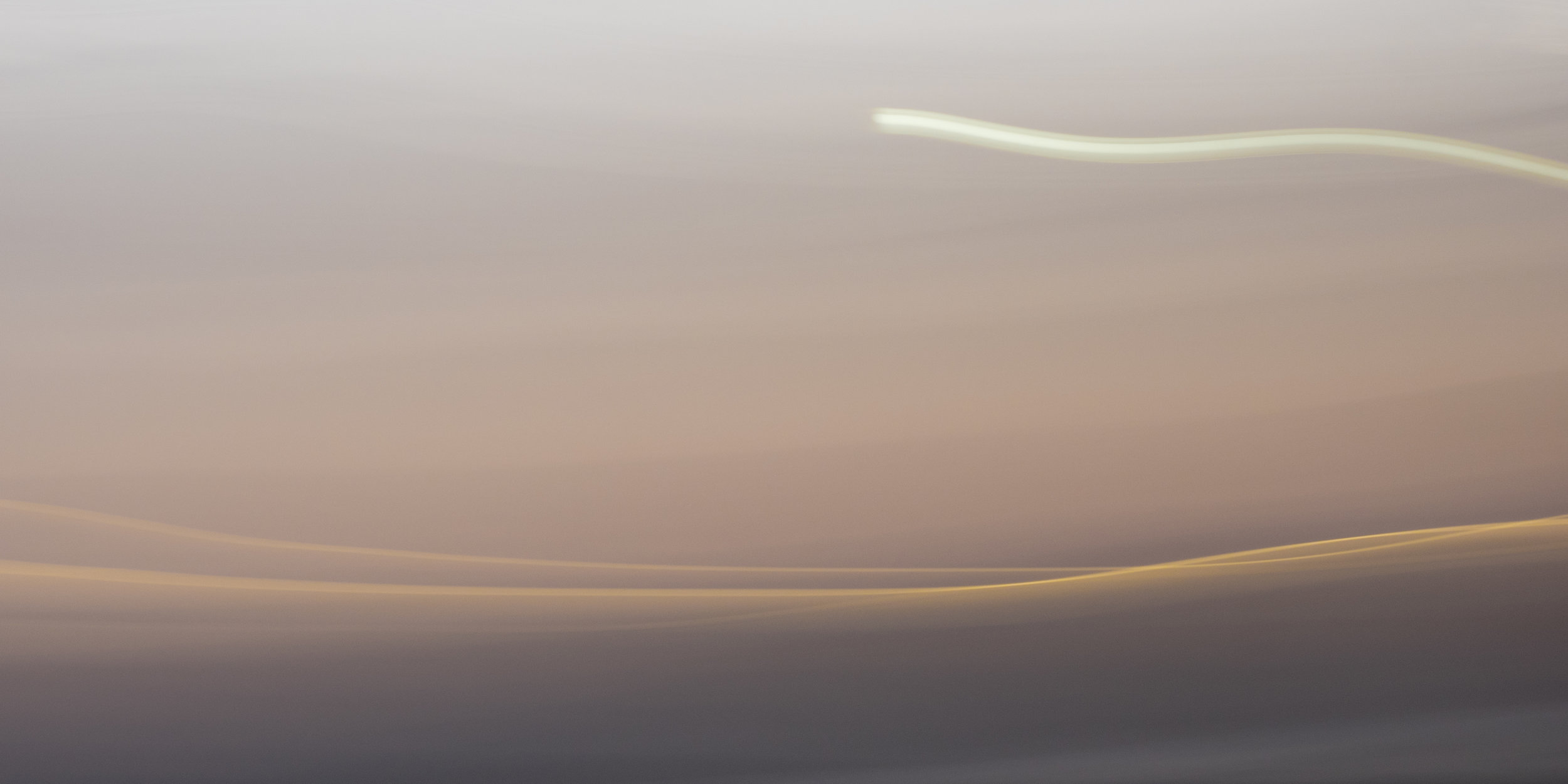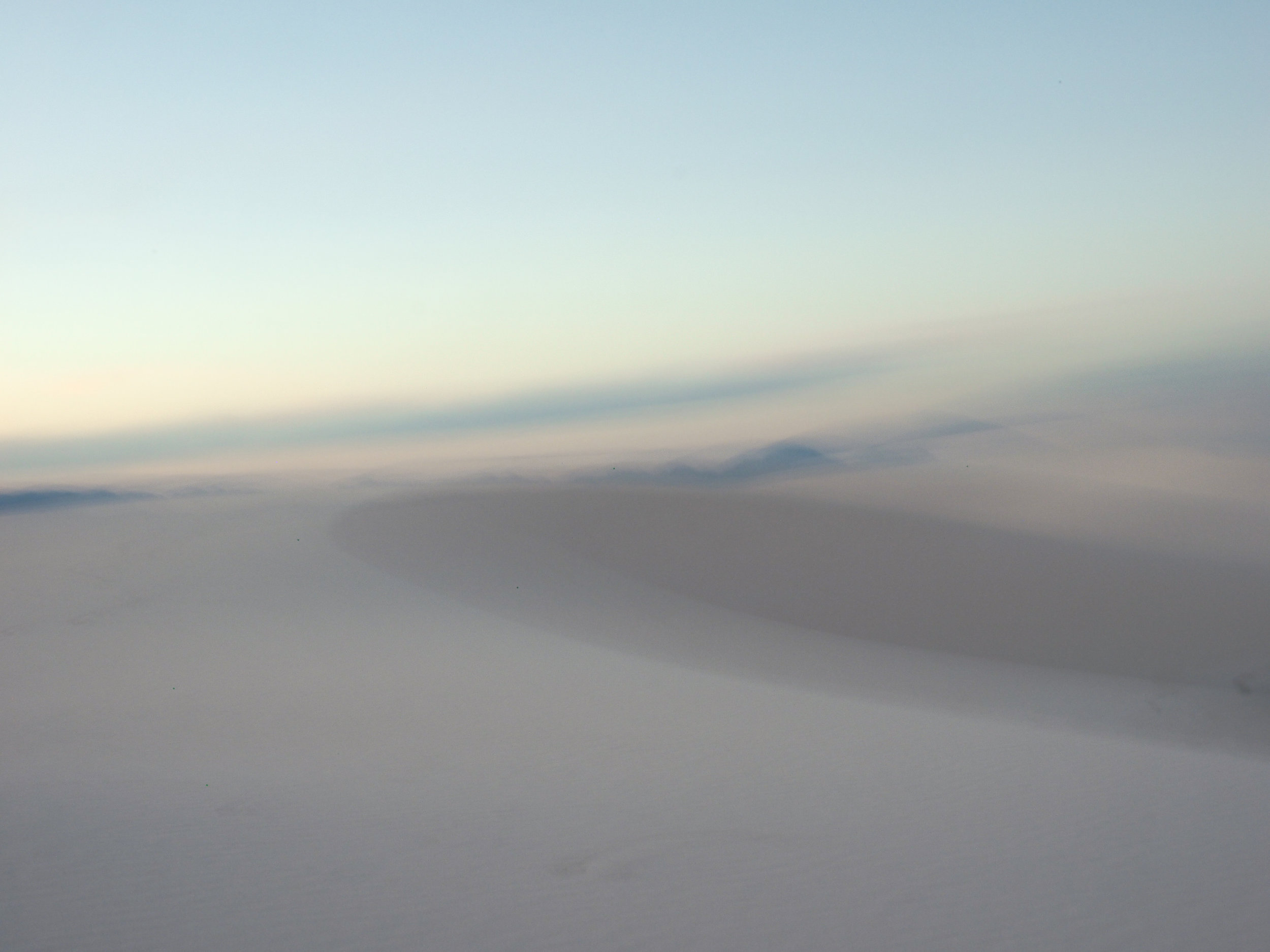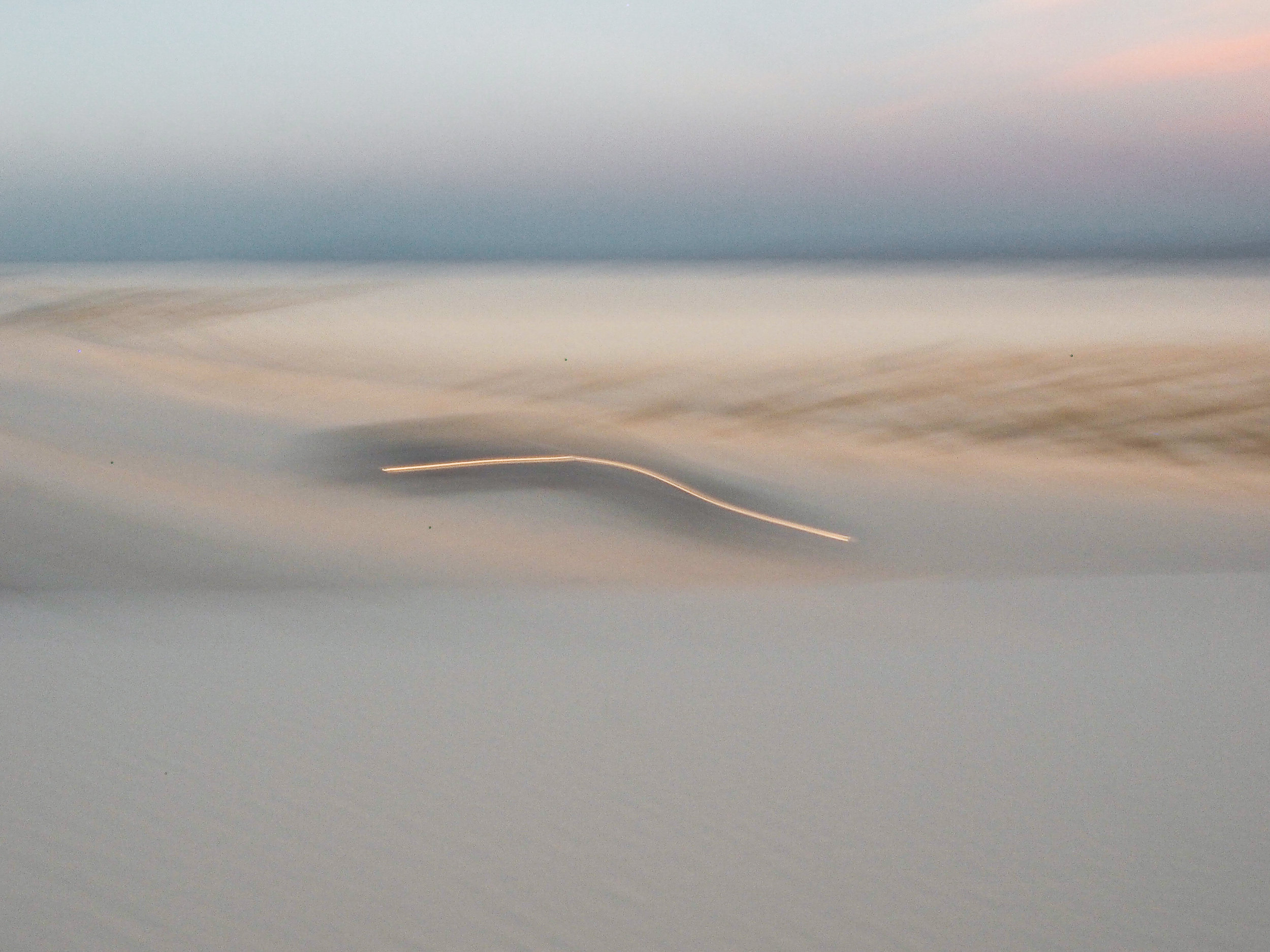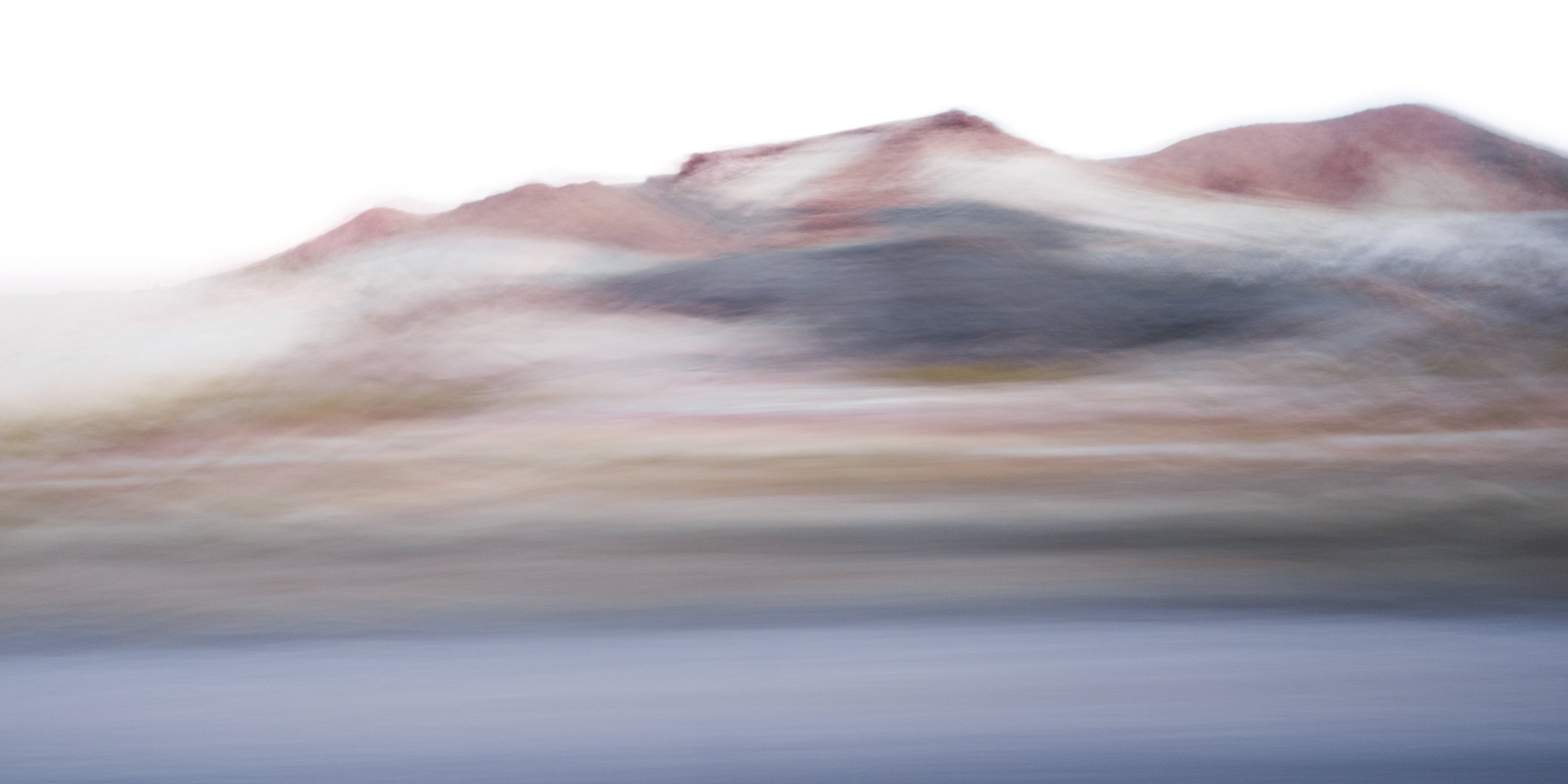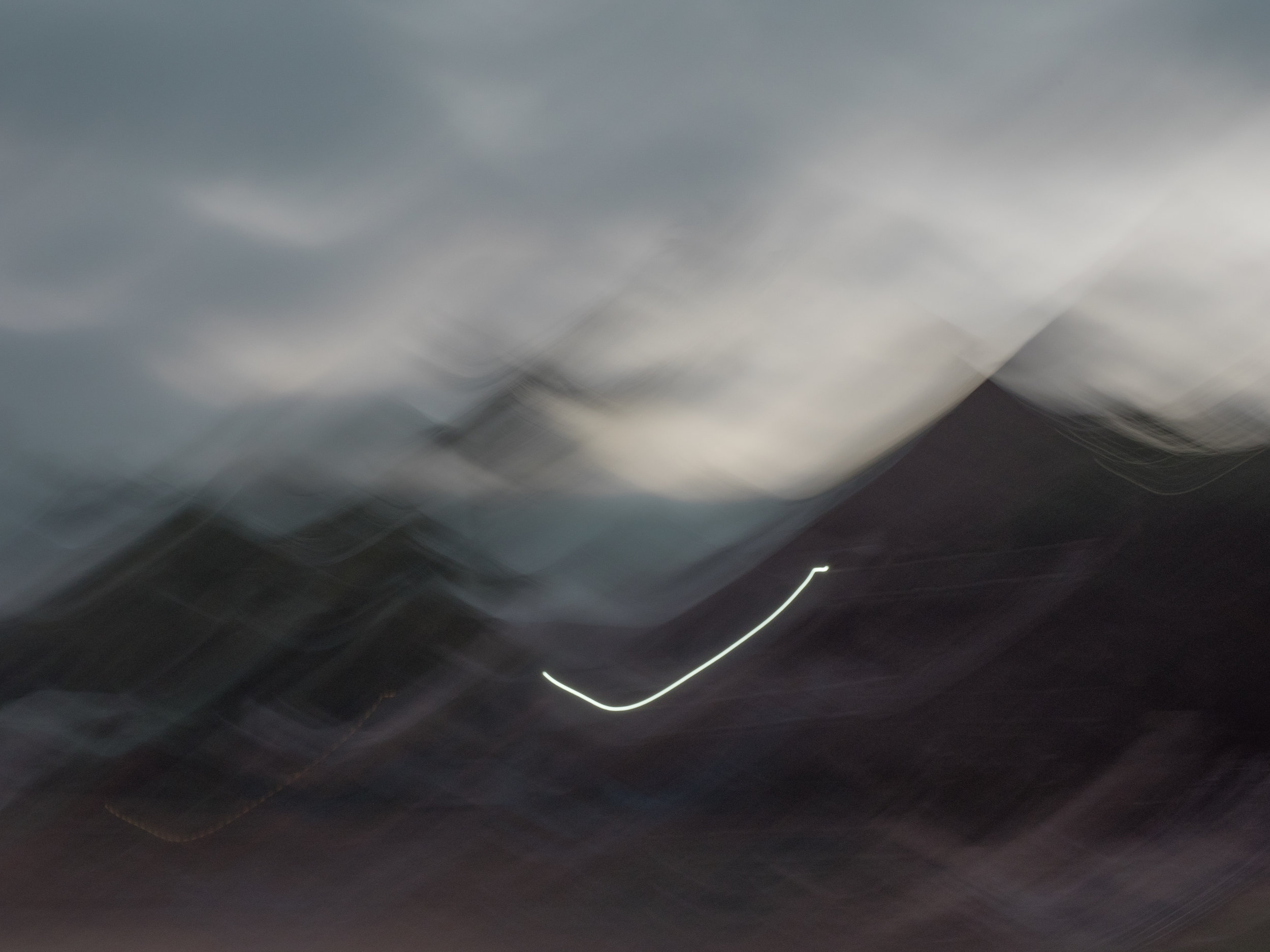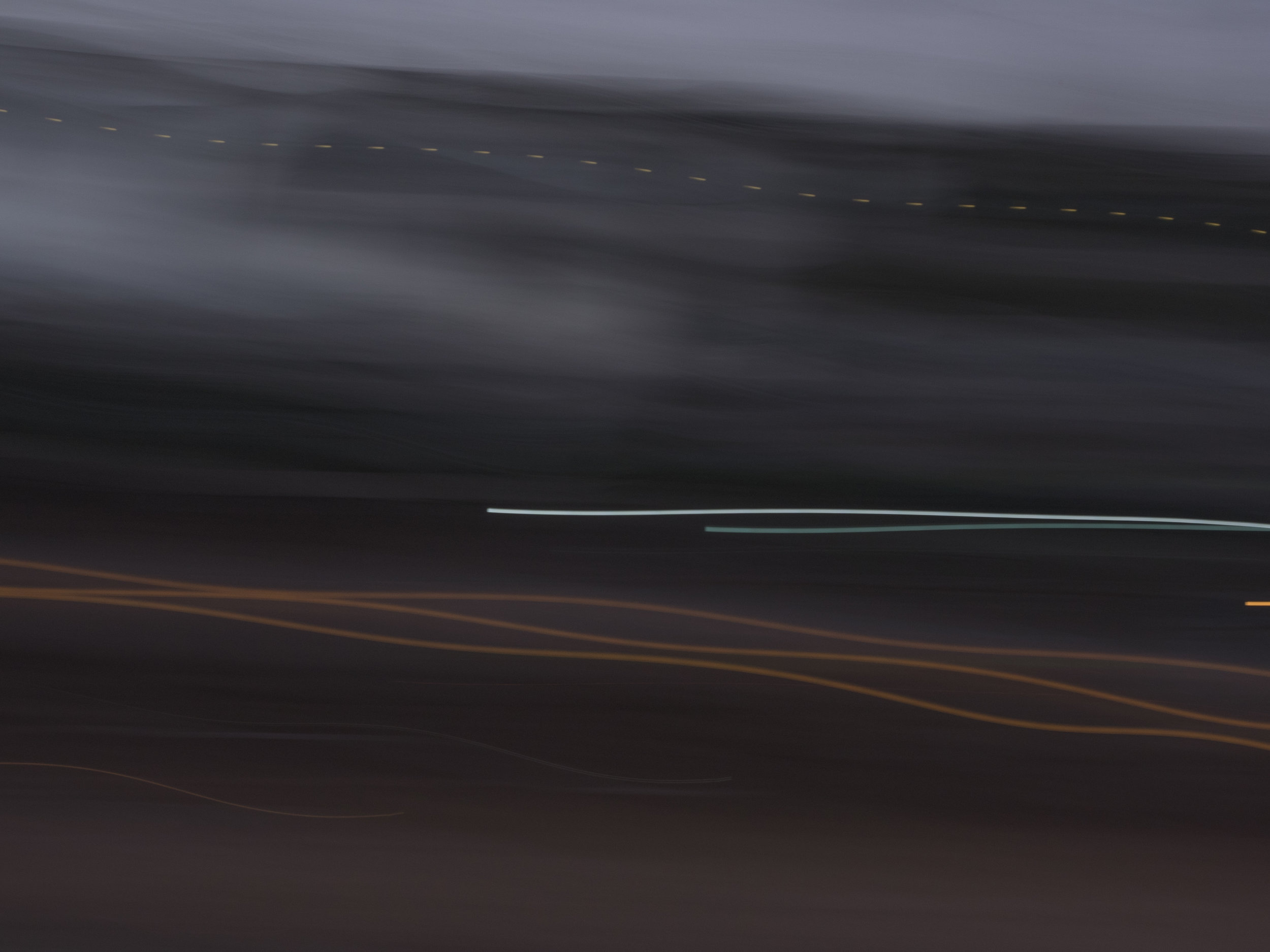Amielle Clouâtre
« Il serait peut-être plus juste de dire que je suis « sans voix ». Dans la langue française, ces expressions : – être... rester sans voix – renvoient à la difficulté de traduire dans les mots l’éprouvé d’une émotion ».- Martine Dutoit, « Être et rester sans voix… », (2007)
COYŌTL
The ‘smugglers’, otherwise known as Coyotl, are complex beings at best. The animal reference isn’t fortuitous, for the coyote bears a symbolic historiography loaded with meaning: both swindler and spiritualist, he/it evokes fear and reassures at the same time. When I attempt to describe the genesis of this exhibition, the first word which comes to mind is ‘fascination’. However, this word is disturbing: it disturbs me, at any rate, because it seems to insinuate a sort of belying admiration.
The etymological definition of the Latin Fascinatus, however, does my notion justice: ‘to bring under a spell, as by the power of the eye’ (Century Dictionary) aptly defines the feeling I experienced and explains why the term seemed to rise above all others in my mind. I wondered which spell, or gaze, was at play? Was it my own gaze upon these images, or inversely, did they observe me and impose themselves on my work? This tension seemed to arise from beyond my own being. The geopolitical issues encompassing these images and their realities serve to explain why my individuality could probably not be imposed.
Mexico. A country which inhabits me. Its people, land, history; everything calls out to me and amazes me. More specifically, my primary source of inspiration is rooted in the borderland regions between Mexico and the United States. Swathed by sublime deserts, this vast region gives me all the freedom I require to play around with abstraction. In that sense, my approach is nonfigurative and intimate. Through abstraction, I aim to open a field of possibilities for observers, thus allowing them to draw their own conclusions. As for the intimacy, it arises directly from this boundlessness yet also refers to a certain curiosity, even a micro-voyeurism.
My creation derives from a fascination which allows me to simultaneously act, react, and observe, at times almost passively and powerlessly. The theme itself draws in this state of mind. I am only an observer who judges and questions, both outside and within myself: As such, my approach is an intuitive one which implies a form of affect and of vulnerability. Although I deny myself access to the intimacy of human dramas which play out in these zones, I nonetheless experience dread and profound empathy. I aim to some extent for my work to honour these lives and places, without any pretence beyond presenting my subjective version. I return to the term ‘fascinatus’ because, despite harbouring a certain ‘desire to bring under a spell, as by the power of the eye’, it is above all your gaze which gives the images power, thereby making them fascinating. That is also what it means to me to be without voice.


